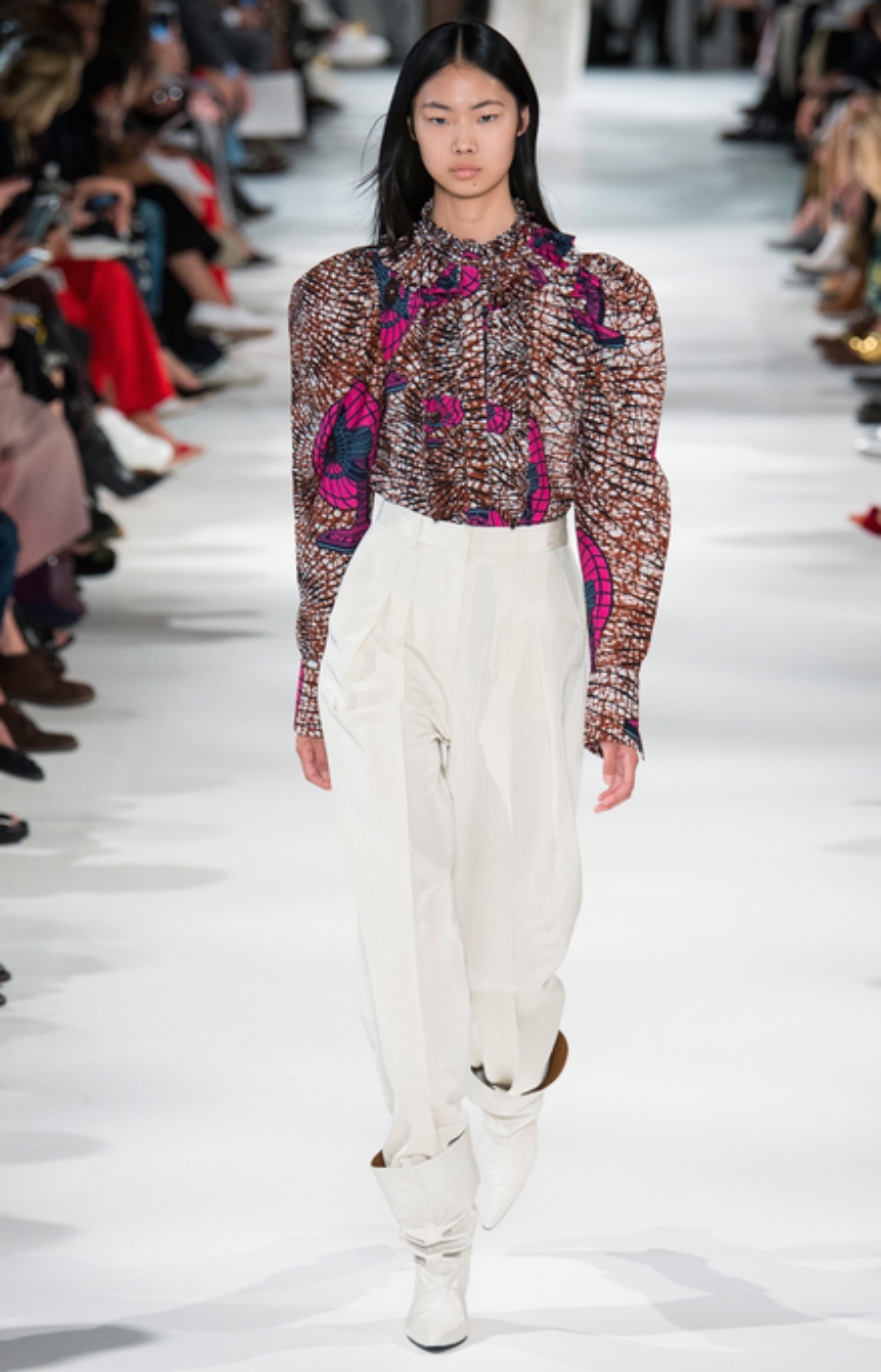 Ooops they did it again. An established luxury designer – Stella McCartney – is sending her models down the runway in African Prints. Social Media is outraged. To be honest, I am just amused. Burberry did it. Moschino did it. J.-P. Gaultier did it. Just to name a few. Stella McCartney is way late to the game, and her African Print designs are not even unique and don’t fit at all to the rest of her collection.
Ooops they did it again. An established luxury designer – Stella McCartney – is sending her models down the runway in African Prints. Social Media is outraged. To be honest, I am just amused. Burberry did it. Moschino did it. J.-P. Gaultier did it. Just to name a few. Stella McCartney is way late to the game, and her African Print designs are not even unique and don’t fit at all to the rest of her collection.
What’s frustrating is that there is hardly ever any context given, or story told. Yes, the market leader in African Prints is the Dutch company Vlisco – but guess where their biggest market is and who their key customers are? Africans – to be specific, West Africans. And like the Scots claim tartan for themselves (it originated in East Africa) – we claim African Prints for us.
That doesn’t mean that we don’t want everyone to love & wear it. That’s not the case.
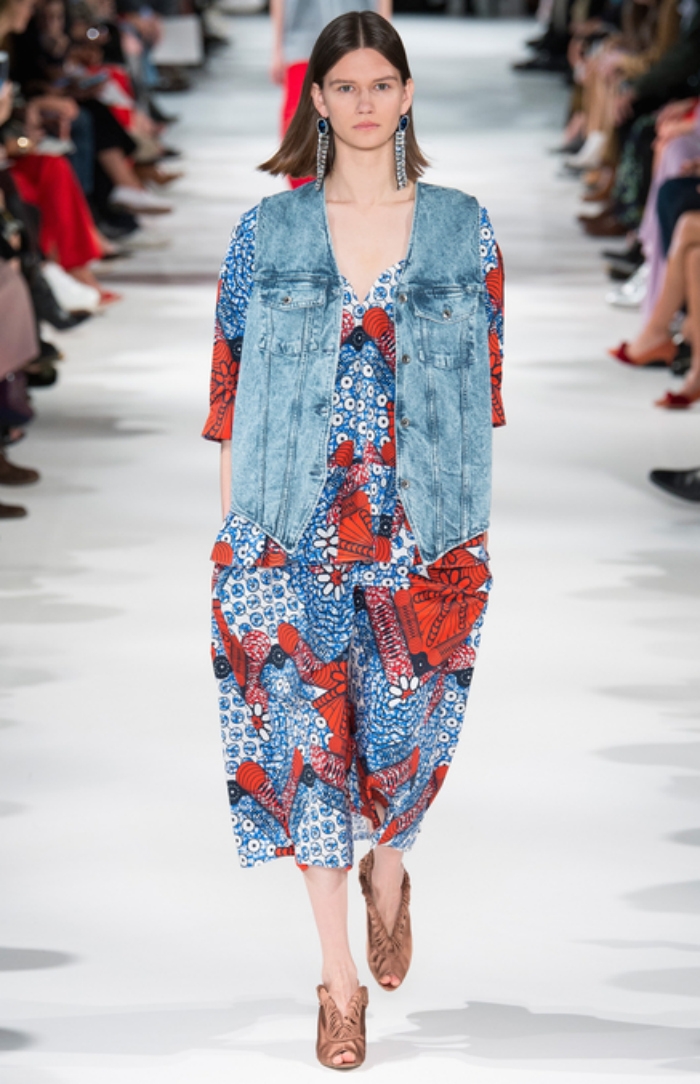 It is just annoying to see designers use it and sell it as “their” creative output without adding some context. If people are crazy enough to buy these underwhelming African Print designs by Stella McCartney for 900-1500+ USD, let them.
It is just annoying to see designers use it and sell it as “their” creative output without adding some context. If people are crazy enough to buy these underwhelming African Print designs by Stella McCartney for 900-1500+ USD, let them.
Let’s look at it from the positive side.
African Prints are still trending. Use the opportunity to drive awareness to existing African designers and African fashion platforms. Let’s tag #stellamccartney in African Fashion posts on Social Media; fish for new customers who are not aware, that they can get beautifully designed ruffle blouses & summer dresses in high quality African Prints or other African fabrics for less than 500 USD.
- To find some alternative shopping options click here
- To shop high-end designs by African Designers, click here.
Thoughts? Please comment below :-)
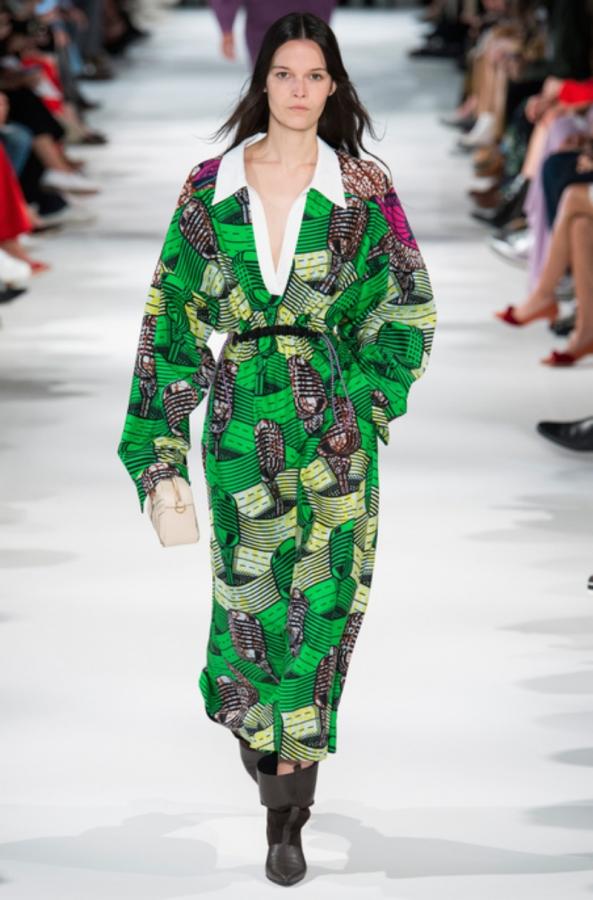
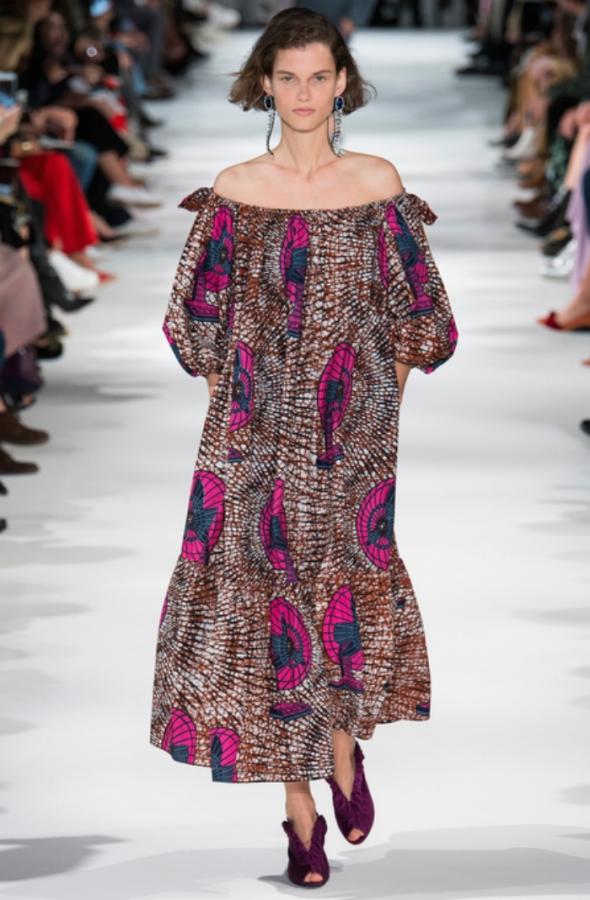
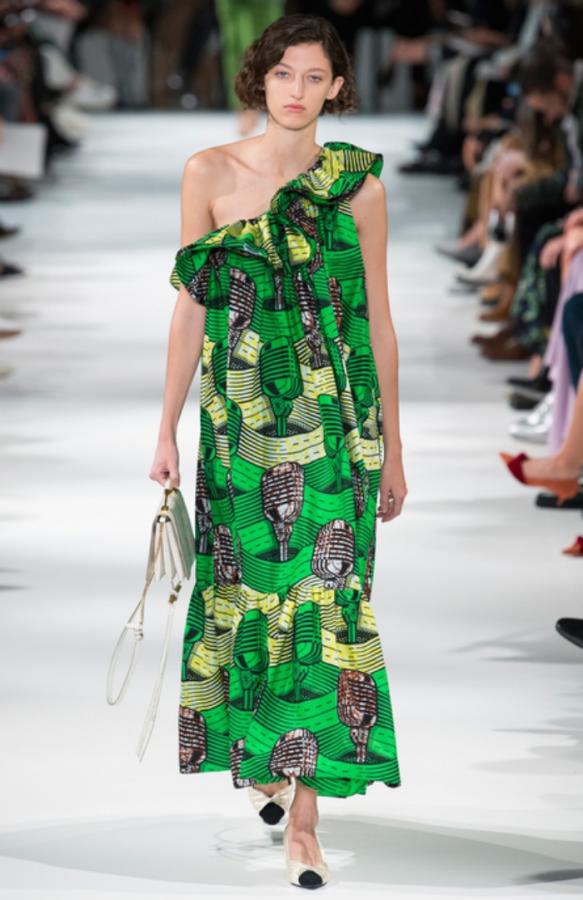

Interesting how the outrage is about appropriation. African prints with origins in Indonesia and produced by European manufacturers. Produced in the Netherlands, consumed by and in Africa.
If we were to dig a little deeper I think we might find a more serious problem. Shouldn’t our patronage of African designers also extend to patronage of locally produced fabric, i.e. produced in African countries.
So many of these have shut down over the decades. West Africa had thriving textile mills. Vast industries producing the fabric in Africa and employing thousands of Africans. Their labour, skill, artistry.
It’s all a bit too easy to say cultural appropriation when there’s a lot more going on. In a way that actually impoverishes.
Yes it originated in Indonesia, but it isn’t the same prints. The designs and patterns are very different and is uniquely African. There is a difference between the Indonesian prints and the African prints.
Yes that’s why I used the word originated. It was merely to point out that the fabric has a mixed and interesting story.
That is correct, but over the history they have become African fabrics and are part of the culture in West Africa and it’s the biggest market for Vlisco. There are still companies that print on the continent, and many are not owned by Africans anymore. I don’t mind designers like Stella McCartney using the prints, I just don’t like the missing context.
From what I understood this debate is not just about the use of prints but the use of prints + the silhouettes, which are extremely similar to some African ways of dress. While Stella McCartney introduced the styles as ”British style with a Stella McCartney twist in African inspired fabrics”. What I feel is disturbing is that African women in general have been and still are a source of inspiration for many designers, but despite that never get the ode they deserve and still fight for an industry that is more inclusive and also represents them. This is just to point out one pain, apart from the fact that some of our mothers and aunties had to get rid to this way of dress during certain occassions in the diaspora, to be taken more seriously. I believe this whole discussion touches way more than just the use of this fabric, cause yes after all the fabric is not African. So I don’t think that is the problem here. But this is my point of view. I made these same statement on a small post I wrote about this event http://nsimbavalene.com/2017/10/why-didnt-stella-mccartney-take-us-on-a-tour-to-west-africa-with-her-ss18-collection/. A good friend of mine asked two very important questions: ”How do we come to value this type of clothing when displayed in a ‘high-end fashion’ context, as opposed to the silhouettes we see on a daily basis in a lot of African countries? And what justifies the price mark that I’m sure Stella McCartney attributes to this new collection? Cause it surely isnt the storytelling. ”
Also very good points, thanks for sharing Valene! But these are African fabrics now, we embraced them and made them our own.
our generation grew up before the globalisation and experienced folklore in its raw context. millenials most likely don´t have that context, unless they visit africa and places with no internet or western clothing. so we actually have more of an authentic context than many african american millenials.